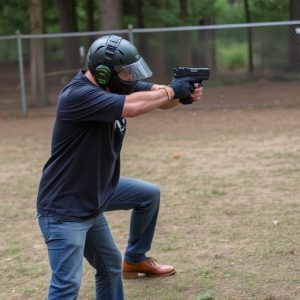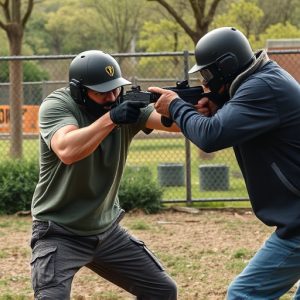Rechargeable Stun Gun Batteries: Powering Your Hidden Defense
When choosing a concealed stun gun flashlight combo, consider rechargeable battery types like lithiu…….
When choosing a concealed stun gun flashlight combo, consider rechargeable battery types like lithium-ion (Li-ion) or nickel-metal hydride (NiMH), with Li-ion offering longer life and faster charging, but NiMH being more eco-friendly and cost-effective. Key specs include voltage (7-20V), battery life (up to 20+ hours), and fast charging (under 3 hours). Ensure safety certifications. Optimize battery lifespan by managing usage factors like brightness, stun output, heat, and proper storage in cool, dry places, avoiding direct sunlight and unattended charging.
Rechargeable stun gun batteries power portable self-defense devices, offering a sustainable alternative to disposable options. Understanding battery specifications is key when considering a concealed stun gun flashlight combo. This guide breaks down different battery types, essential capabilities, and crucial performance metrics like runtime. Learn about safety, maintenance, and how to maximize the life of your rechargeable batteries for peace of mind and effective self-defense.
- Understanding Rechargeable Batteries: Types and Capabilities
- Key Specifications for Concealed Stun Gun Flashlight Combos
- Battery Life: Expectation vs. Reality
- Safety Considerations and Maintenance Tips for Rechargeable Stun Gun Batteries
Understanding Rechargeable Batteries: Types and Capabilities
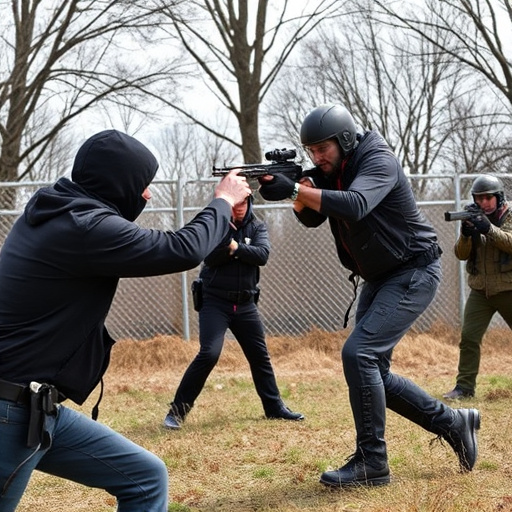
Rechargeable batteries are a key component in many modern devices, including concealed stun gun flashlight combos. Understanding their types and capabilities is essential for users looking to make informed decisions when it comes to power sources. There are primarily two types of rechargeable batteries commonly used today: lithium-ion (Li-ion) and nickel-metal hydride (NiMH).
Li-ion batteries are known for their high energy density, lightweight design, and ability to hold a charge for extended periods. They are widely used in various portable electronics due to their fast charging times and minimal memory effect, where partial discharges don’t reduce the overall battery life. NiMH batteries, on the other hand, offer a balance between cost and performance. They have a lower energy density than Li-ion but are more environmentally friendly and safer due to their lack of flammable components. For stun guns, both types can be effective, with Li-ion providing longer duration between charges while NiMH batteries may offer slightly cheaper upfront costs.
Key Specifications for Concealed Stun Gun Flashlight Combos
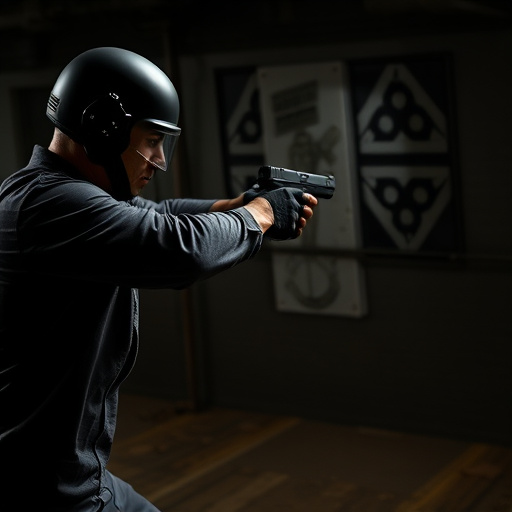
When considering a concealed stun gun flashlight combo, it’s crucial to understand the key specifications that define its performance and reliability. These devices combine the power of a stun gun with the brightness of a high-lumen flashlight, offering users versatility in self-defense scenarios. The first specification to look at is voltage; higher voltage generally translates to more powerful stun capability. Typically, these combos operate on voltages ranging from 7-14 volts, with some advanced models reaching up to 20 volts.
Battery life is another vital consideration for any concealed stun gun flashlight combo. Rechargeable lithium-ion batteries are commonly used, offering a balance between capacity and weight. Look for batteries that can withstand multiple charges and provide sufficient runtime based on your needs. Additionally, the charging time should be taken into account; faster charging options are beneficial for frequent users. Always check for safety certifications to ensure the product meets industry standards and provides optimal performance without compromising user safety.
Battery Life: Expectation vs. Reality
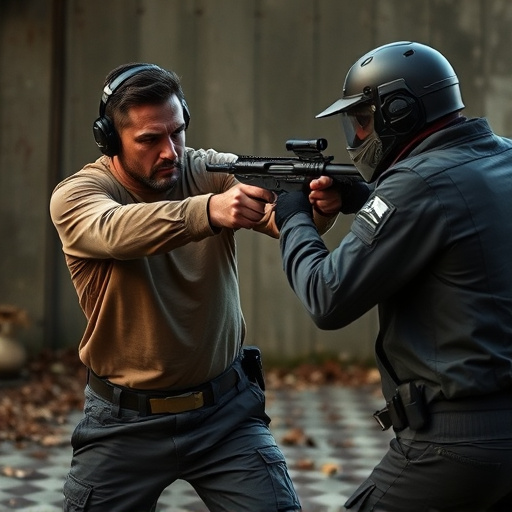
When it comes to rechargeable stun gun battery specifications, one of the key aspects that users pay close attention to is battery life. The advertised battery life for a concealed stun gun flashlight combo can vary significantly. Manufacturers often provide an ideal estimate, but real-world performance can differ. This discrepancy between expectation and reality highlights the importance of understanding how these devices consume power and the factors that influence their runtime.
In practice, several elements contribute to actual battery life. The brightness level of the built-in flashlight, stun gun output, environmental conditions, and user behavior all play a role. For instance, using the stun gun at higher voltage settings or keeping the flashlight on for extended periods will drain the battery faster. Therefore, users should be mindful of these variables to maximize their stun gun’s operational duration between charges.
Safety Considerations and Maintenance Tips for Rechargeable Stun Gun Batteries
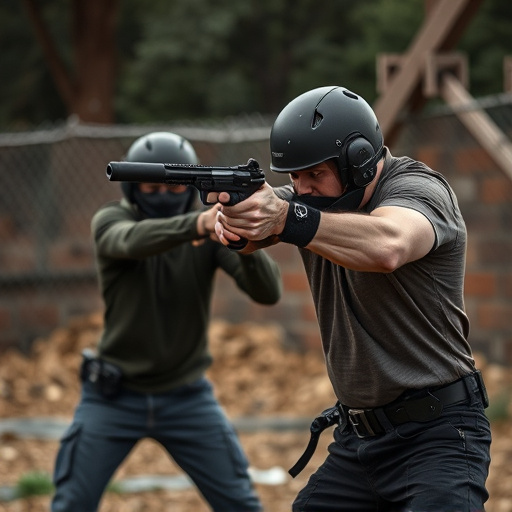
When it comes to safety considerations for rechargeable stun gun batteries, it’s paramount to handle and store them responsibly. Always ensure proper ventilation during charging, avoiding exposure to direct sunlight or extreme temperatures. Never leave a charging battery unattended, as overheating can lead to damage or even explosion risks. Additionally, implement safety measures like using the provided charger and avoiding cross-charging with incompatible devices. For optimal performance and longevity, regular maintenance is key. This involves periodic cleaning of the battery contacts to prevent corrosion build-up, which can impede current flow. Keep your stun gun flashlight combo’s batteries in a cool, dry place, and consider rotating usage between multiple batteries to extend their lifespan.
When considering a concealed stun gun flashlight combo, understanding the rechargeable battery specifications is paramount. This comprehensive guide has shed light on various aspects, from battery types and their capabilities to safety maintenance tips. By knowing the expected battery life and crucial specifications, you can make an informed decision when selecting your self-defense tool. Remember that proper care and regular maintenance will ensure optimal performance, keeping you safe and prepared in every situation.

